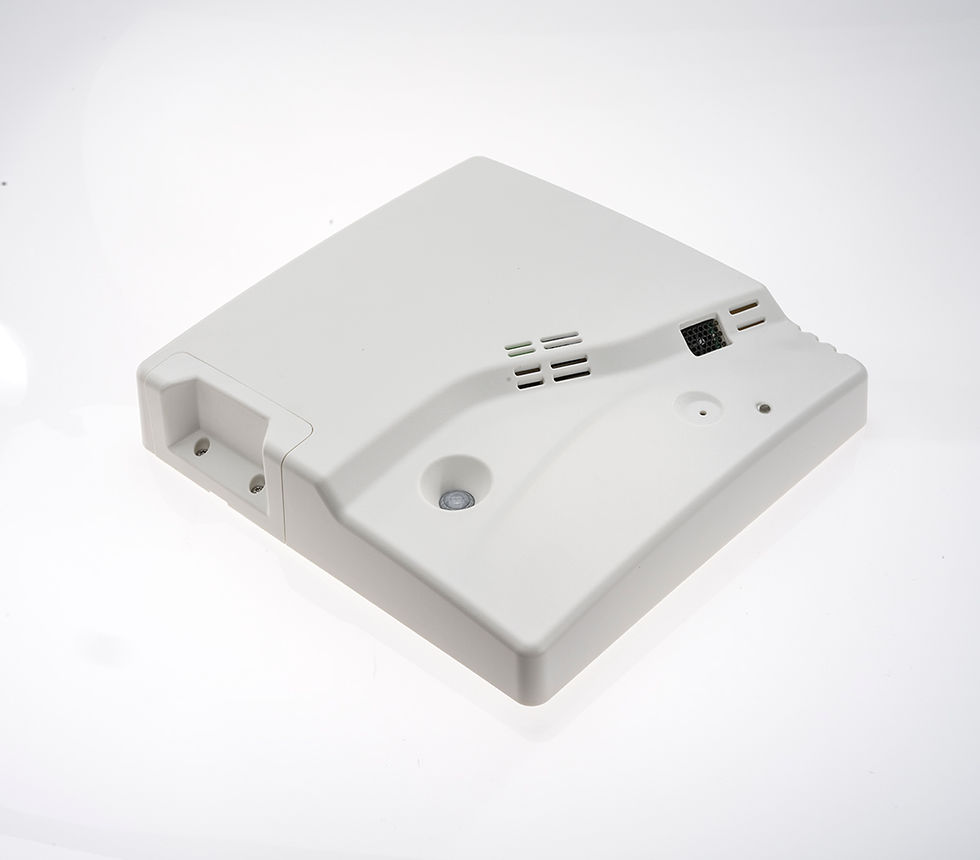Introduction
In today’s educational landscape, we’re realizing that the environment in which students learn plays a crucial role in their academic success. The air they breathe can significantly impact their health, concentration, and overall performance. As such, transforming classrooms with advanced air quality technologies is not merely an option; it’s a necessity for fostering an optimal learning atmosphere.
What Are Advanced Air Quality Technologies?
Before diving deeper, let’s clarify what we mean by advanced air quality technologies. These are innovative solutions designed to monitor, manage, and improve the quality of air in indoor environments—including classrooms. They encompass a wide range of devices and systems, from smart ventilation to air purifiers equipped with cutting-edge filtration systems.
Why Focus on Air Quality in Classrooms?
Air quality has a direct correlation with cognitive function and overall well-being. Poor air quality can lead to headaches, fatigue, and decreased attention spans—none of which are conducive to effective learning. Studies have shown that students perform better when they’re in environments free of harmful pollutants.
The Importance of Clean Air for Students
Understanding Indoor Air Pollutants
Indoor air pollutants include volatile organic compounds (VOCs), particulate matter (PM), carbon dioxide (CO2), and biological agents like mold and bacteria. According to the U.S. Environmental Protection Agency (EPA), indoor levels of pollutants can be two to five times higher than outdoor levels.
Health Implications of Poor Air Quality
Poor air quality in classrooms can lead to several health issues:
- Asthma: Exposure to allergens and irritants can trigger asthma attacks. Allergies: Dust mites, mold spores, and pet dander can exacerbate allergy symptoms. Cognitive Effects: Research indicates that elevated CO2 levels impair concentration and decision-making abilities.
Transforming Classrooms with Advanced Air Quality Technologies
The implementation of advanced technologies has revolutionized how we approach classroom environments. Let’s explore some key technologies that are making waves.
1. Smart Ventilation Systems
Smart ventilation systems employ sensors that detect indoor air quality metrics—such as CO2 levels—and adjust airflow accordingly. This ensures that fresh air circulates regularly without wasting energy.
Benefits of Smart Ventilation
- Energy Efficiency: Reduces energy costs while maintaining comfort. Adaptability: Can be tailored based on occupancy levels throughout the day.
2. High-Efficiency Particulate Air (HEPA) Filters
HEPA filters capture up to 99.97% of particles as small as 0.3 microns, effectively trapping dust, pollen, smoke, and even some viruses.
Why HEPA Filters?
- Healthier Learning Environment: Keeps allergens at bay. Reduced Absenteeism: Cleaner air means fewer health-related school days lost.
3. Air Purifiers with UV-C Technology
These units utilize ultraviolet light to kill germs and bacteria present in the air before circulating it back into the classroom.
Key Advantages
- Disinfection: Provides an added layer of protection against pathogens. User-Friendly: Modern designs are often portable and easy to operate.
How Do These Technologies Work Together?
Integrating these various systems creates a holistic approach to maintaining high air quality standards in classrooms. For instance:
- Smart ventilation systems ensure consistent airflow. HEPA filters clean the incoming air. UV-C purifiers eliminate microbial threats before distributing clean air back into the space.
This collaborative effort maximizes the effectiveness of each technology while promoting a healthier educational setting.
Case Studies: Successful Implementation
Let’s look at some real-world examples where schools have successfully transformed their classrooms using advanced air quality technologies:
Case Study 1: Greenfield Academy
At Greenfield Academy, administrators installed smart ventilation alongside HEPA filters across all classrooms. Within six months, reports indicated a noticeable improvement in student focus during lessons and a significant decrease in reported allergy symptoms among students.
Case Study 2: Riverbank High School
Riverbank High School adopted UV-C technology following a rise in flu cases among students. The https://simplyseven.net/learning-about-the-vape-detector/ results were staggering—absentee rates dropped by over 30% within one semester after implementation!
Challenges Faced During Implementation
While transforming classrooms with advanced air quality technologies offers numerous benefits, challenges remain:
Budget Constraints
Many schools struggle to allocate funds for new technology amidst tight budgets.

Training Staff
Implementing new technology requires training teachers and staff on its usage effectively.
Addressing Common Concerns About Air Quality Technologies
Here are frequently asked questions regarding these transformative technologies:
FAQ 1: How Often Should We Change Filters?
Typically, filters should be changed every three months or as needed based on usage frequency.
FAQ 2: Are There Any Maintenance Costs?
Yes! Regular maintenance is crucial for optimal performance but varies depending on the specific system used.
FAQ 3: Do These Technologies Reduce Energy Consumption?
Absolutely! Many systems are designed for energy efficiency while improving indoor conditions.
FAQ 4: Can Parents Get Involved?
Parents can advocate for better funding toward these technologies through school boards or local community initiatives!
FAQ 5: How Long Does Installation Take?
Installation time varies by system complexity; however, most setups can be completed within one school break or over weekends!
FAQ 6: What If Our Building Isn’t Designed for New Systems?
Consulting professionals specializing in retrofitting older buildings is advisable; many solutions exist tailored for such challenges!
Conclusion
The urgency surrounding improving indoor air quality cannot be overstated—especially when considering its profound impact on student success rates! By investing in advanced technologies like smart ventilation systems or UV-C purifiers—not only do we enhance health outcomes—we foster an environment where learning flourishes!
As educators continue navigating through this ever-evolving landscape—let's champion cleaner classrooms together! After all—transforming classrooms with advanced air quality technologies isn’t just about innovation; it’s about ensuring our future generations thrive academically amid clean breathing spaces!